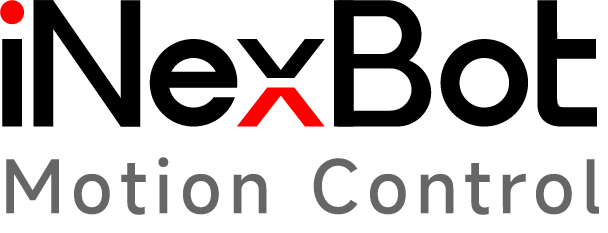Polishing Solution
Industry Pain Points: Deburring Challenges
Deburring is a critical yet challenging post-processing step for aluminum alloy die-cast parts, characterized by high labor dependency and time consumption. Die-casting factories currently face multiple challenges in manual deburring processes:
Low operational efficiency
Inconsistent workpiece quality
Recruitment difficulties
Rising labor costs
These factors collectively lead to reduced production efficiency and increased comprehensive costs.
Industrial Robot Automation: The Upgrade Solution
To break through manual deburring bottlenecks, robotic automated polishing systems are emerging as an industry revolution direction. Compared to traditional manual methods, core advantages manifest in three dimensions:
1. Efficiency & Production Capacity Leap
24/7 continuous operation
One robotic unit equates to 3-5 skilled workers
Case Study: A domestic die-casting enterprise achieved 62% reduction in single-piece processing time and 200% daily capacity increase after robot implementation.
2. Quality Consistency & Precision Control
- ±0.1mm repeat positioning accuracy via force control sensing and visual positioning technology
- Defect Reduction: Automotive aluminum component tests showed defect rates dropping from 8.7% (manual) to 0.9% (automated)
3. Comprehensive Cost Optimization
| Cost Dimension | Manual Approach | Robotic Solution |
|---|---|---|
| Direct Labor Cost | ~¥15,000/person/month | Equipment depreciation ~¥3,000/month |
| Quality Loss Cost | 5-8% of output value | <1% of output value |
| Long-term Marginal Cost | Continuously rising | ROI within 3 years |
Technological Extension Value
Flexible Production: Single workstation handles 20+ different castings through rapid mold-changing programs, adapting to small-batch customization trends.
Data-Driven Management: Real-time grinding parameters uploaded to MES systems enable digital process traceability, supporting lean manufacturing decisions.
Key Advantage Comparison
Industrial robots not only resolve efficiency and quality pain points in manual operations but also reconstruct production value chains through standardized workflows. Despite higher initial investment (~¥400,000-800,000/unit), comprehensive cost inversion is achievable within a 2-year operational cycle through:
Efficiency gains (200% capacity increase)
Quality dividends (7.8% defect reduction)
Hidden cost reduction (workplace injury risks/management overhead)
iNexBot Polishing Capabilities
Multi-process Support: Automatic wheel changes for various polishing operations:
• Welding spatter removal• Surface scratch/collision repair
• Weld seam leveling
• Machining allowance smoothing
• Long/seam Polishing
• Edge/burr removal
Enhanced Configurations:
✓ External axes (positioners) for large sheet metal components✓ Offline programming for complex curved surface finishing
✓ Laser tracking for automated programming:
2-point positioning for straight lines
3/4-point user coordinate system calibration
Application Scenarios
Scenario 1
Straight line polishing
1 pass at 0° angle (current teaching point)
Await continuation signal post-operation
Scenario 2
Multi-angle straight line polishing
4 passes at teaching position
2 passes at +15° offset
2 passes at -15° offset
Scenario 3
Tool wear compensation
Navigate > Process > Polishing Parameters
Select process ID > Modify
Input 1mm wear compensation > Save
Resume operation
Scenario 4
Hybrid laser-guided Polishing
4 passes at teaching position
2 passes at +15° offset
2 laser-positioned passes
Resource Access
Click here to download Polishing-related technical materials


